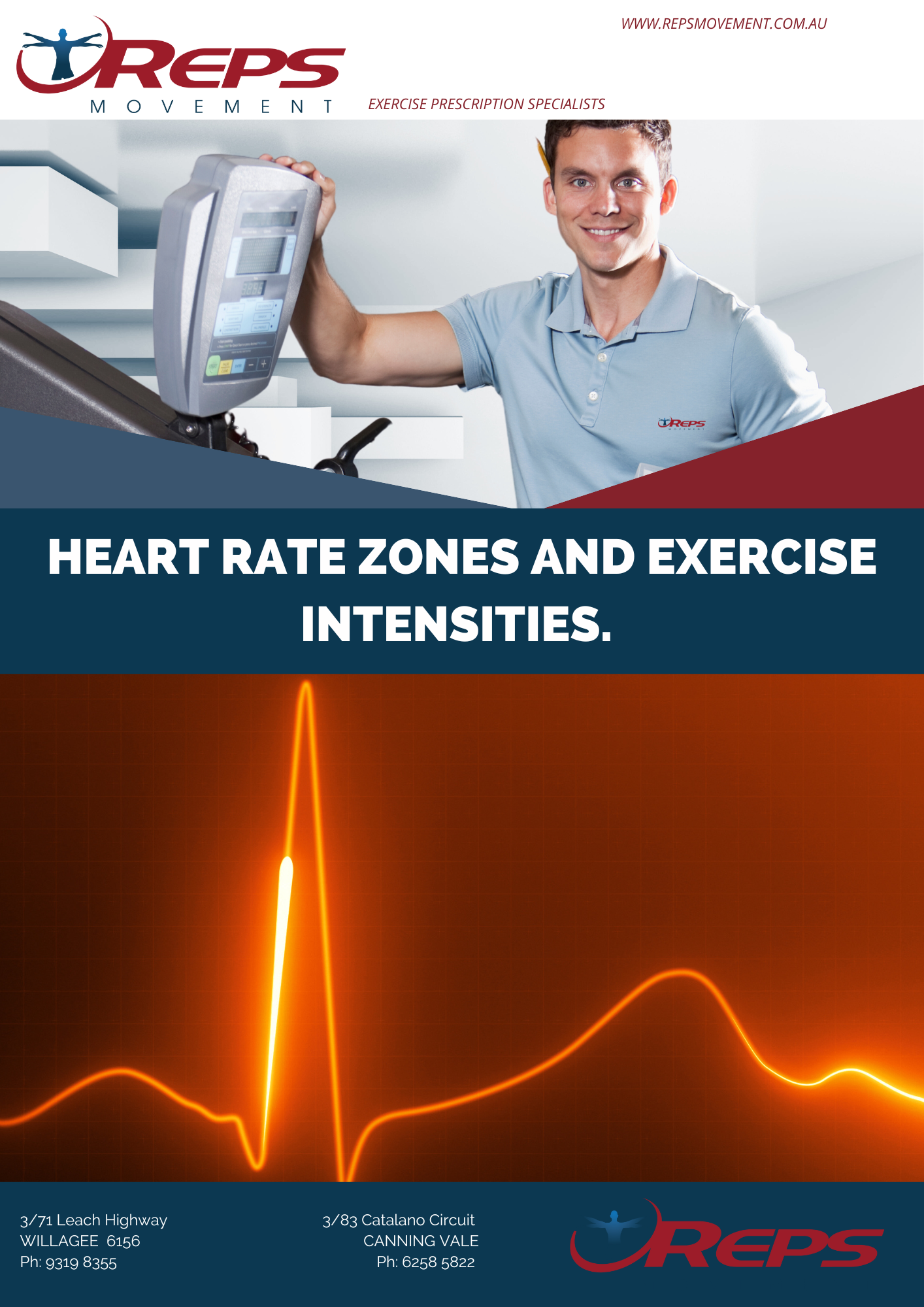Title: Maximising Your Workout: The Importance of Monitoring Heart Rate
Introduction:
I've recently had the opportunity to work closely with several clients who are eager to elevate their workouts and maximise there cardivascular fitness. One crucial aspect we've been discussing extensively is the significance of monitoring heart rate during exercise. By understanding heart rate zones, we can optimise our workouts and achieve better results. In this blog post, I'll discuss why monitoring heart rate is beneficial, how to determine your ideal intensity range, and the importance of consulting with an Exercise Physiologist to personalise your exercise routine.
Why Monitor Heart Rate?
Monitoring heart rate during exercise offers insight into our body's response to physical exertion. By keeping track of our heart rate, we gain a understanding of our cardiovascular system's efficiency, ensuring that we exercise safely and effectively to get the most out of each session. Heart rate monitoring provides real-time feedback, allowing us to gauge the intensity of our workouts and make adjustments accordingly.
Calculating Your Ideal Heart Rate Range:
Determining your ideal heart rate range requires a simple calculation. Start by subtracting your age from 220, which gives you your theoretical maximum heart rate. For instance, if you're 50 years old, your theoretical maximum heart rate would be 170 beats per minute (220 - 50 = 170). To achieve optimal results, it's generally recommended to work out within the 80% to 90% range of your theoretical maximum heart rate.
High-Intensity Interval Training (HIIT):
One effective method of reaching the desired heart rate range and maximising the benefits of your workout is through High-Intensity Interval Training, commonly known as HIIT. HIIT involves alternating between short bursts of intense exercise and brief periods of rest or active recovery. This approach challenges your cardiovascular system and keeps your heart rate elevated throughout the session.
The Benefits of HIIT and Heart Rate Monitoring:
1. Increased Calorie Burn: Working out at higher heart rate zones, as achieved through HIIT, helps burn more calories both during and after the workout. This can contribute to weight loss and improved overall fitness.
2. Enhanced Cardiovascular Fitness: Regularly exercising within the target heart rate range strengthens your heart and cardiovascular system, improving their efficiency. Over time, this leads to increased stamina, endurance, and improved heart health.
3. Time Efficiency: HIIT workouts can be shorter in duration due to their high-intensity nature. By combining the benefits of HIIT with heart rate monitoring, you can make the most of your workout time while achieving desirable results.
Consulting an Exercise Physiologist:
While monitoring heart rate and incorporating HIIT into your routine can be beneficial for many individuals, it's important to remember that everyone has unique fitness goals and considerations. I recommended to consult with one of Exercise Physiologist before implenting these in to your routine. They can assess your current fitness level, discuss any underlying health conditions, and tailor an exercise plan that suits your individual needs and abilities.
Conclusion:
Monitoring heart rate during exercise is an invaluable tool for maximising the effectiveness of your workouts. By calculating your target heart rate range and incorporating high-intensity intervals through HIIT, you can optimise your training and achieve desired fitness outcomes. Remember, consulting with one of our Exercise Physiologists is crucial to ensure that your training aligns with your personal goals and current health. So, lace up your sneakers, strap on that heart rate monitor, and get ready to elevate your workouts to new heights!


